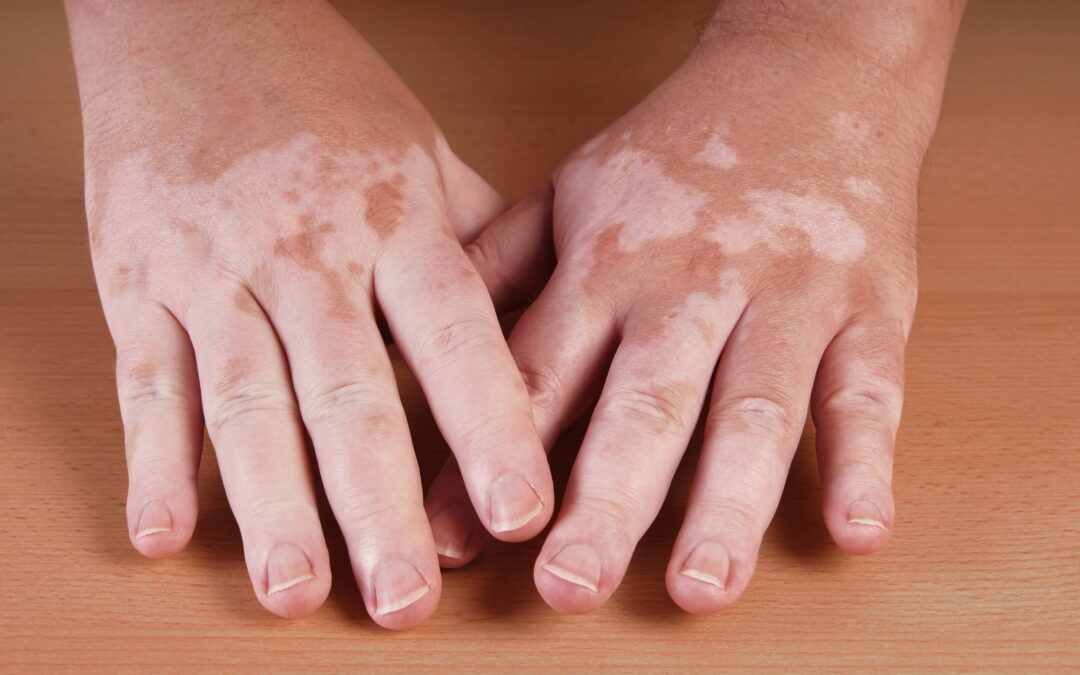As winter approaches, it’s normal to feel cold fingers and toes. But could your cold fingers and toes be Raynaud’s Syndrome? Find out.
Raynaud’s Syndrome is an exaggerated vascular response to cold weather and even emotional stress in some cases. It affects more women than men and causes certain body parts to lose color and become cold and numb. Raynaud’s generally affects the hands and feet of a person and, sometimes, it may affect the nose, lips, and ears.
Primary Raynaud’s has no known cause and is generally more annoying than a disabling condition – just keep yourself warm. However, secondary Raynaud’s is a result of an underlying condition, usually a connective tissue disease like scleroderma or autoimmune disorders.
An Overview of Raynaud’s
 While it’s normal for the body to try to keep its vital organs warm, Raynaud flares up during small changes. As small vessels in the skin redirect blood near the surface to vital organs, the skin turns pale and cold. Moreover, the skin can turn blueish as a result of blood pooling in the constricted vessels and oxygen depletion.
While it’s normal for the body to try to keep its vital organs warm, Raynaud flares up during small changes. As small vessels in the skin redirect blood near the surface to vital organs, the skin turns pale and cold. Moreover, the skin can turn blueish as a result of blood pooling in the constricted vessels and oxygen depletion.
The condition has been the subject of research since the late 19th century, but its underlying mechanisms are poorly understood. When it comes to primary Raynaud’s, about 30% of first-degree relatives of someone with the condition also have it. You may recognize the condition if your fingers turn white, then turn blue, and eventually turn red when blood re-enters.
Treating Raynaud’s
To diagnose the condition, a clinician will do a nail fold capillary microscopy to determine if you have enlarged/malformed capillaries. If you do, this is a sign of connective tissue disease and secondary Raynaud’s.
Those with the primary form will begin their treatment with non-drug approaches, while the secondary form requires more aggressive therapy. However, there are things you can do to help prevent or relieve either type of Raynaud’s Syndrome.
Start by protecting yourself against the cold, avoiding cigarette smoke, and being careful about drugs that narrow peripheral blood vessels. You should also get warm as quickly as possible once an episode starts, manage your stress effectively, and exercise regularly.
If you have a more aggressive form of Raynaud’s, you should talk to your doctor about additional treatment options. For example, your doctor can prescribe medications (usually calcium-channel blockers) or you may undergo sympathectomy, a procedure for severe Raynaud’s.
The Outlook
 If you have Raynaud’s, please keep in mind that most people can manage it with conservative measures and medications. Talk to your doctor if you think you have Raynaud’s and they can help determine which type you have.
If you have Raynaud’s, please keep in mind that most people can manage it with conservative measures and medications. Talk to your doctor if you think you have Raynaud’s and they can help determine which type you have.
Meanwhile, you can give your circulation and blood flow an extra boost by taking supplements like Circulation Boost. Its ingredients effectively promote circulation, blood pressure health, and more. Try Circulation Boost as a way to support your circulatory health and talk to your doctor about Raynaud’s.

